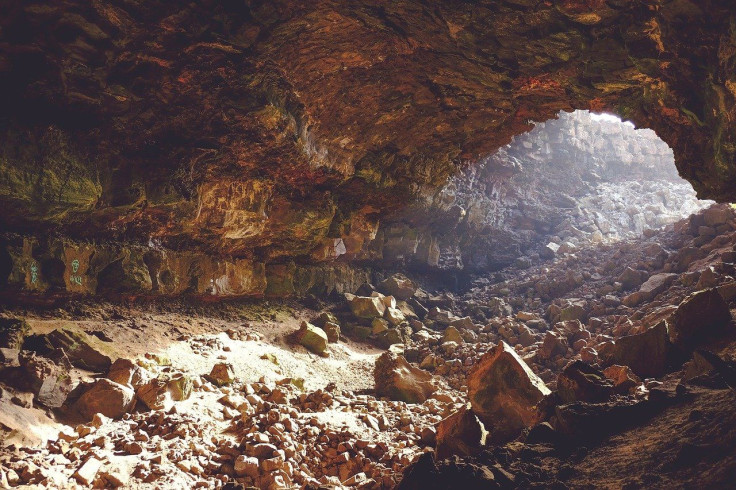'Ancient Humans Got 'High,' Painted In Pitch-Dark Caves To Connect With The Cosmos
KEY POINTS
- Many prehistoric cave depictions are in dark and deep parts of caves
- Ancient people likely got "high" in these caves where oxygen levels could drop
- Going into the caves was possibly their way to connect with the cosmos
Why did ancient people do cave paintings in the dark? They might have purposely chosen these places to get "high," a new study suggests.
It's always quite fascinating to see the ancient cave art made by early humans. However, some of them are in rather odd places, the researchers of a recent study, published in Time and Mind: The Journal of Archaeology, Consciousness and Culture, said. For instance, one would think that it would be easier to paint at a place with better lighting, but many of the decorations from the Upper Paleolithic period were actually in "deep, dark caves."
"A few years ago, as I was visiting some decorated caves in France, I started to notice that most images are found deep in very narrow caves," study co-author Yafit Kedar, PhD candidate at Tel Aviv University's (TAU) Department of Archaeology, told The Jerusalem Post. "I began to wonder why they chose to work this way, as opposed to paint [sic] at the entrance of wider caves, where they could have also enjoyed some natural light."
'Out-of-body' experiences, hallucinations in prehistoric times
The researchers simulated the effect that artificial lighting sources, such as torches, have on oxygen concentration in places quite similar to the decorated Paleolithic caves. They found that it led to a decrease in oxygen levels known to induce hypoxia.
"Hypoxia increases the release of dopamine in the brain, resulting in hallucinations and out-of-body experiences," the researchers wrote.
The effects of hypoxia may be experienced particularly when the oxygen levels drop to 14% compared to the normal 21%, The Jerusalem Post explained. And the researchers found that the combination of low air circulation and the use of a torch or lamp in the deep cave-like conditions led the oxygen levels to quickly drop to 18% within minutes and even went as low as 11%.
Connecting with the cosmos
Why did ancient people paint under these conditions that lead them to basically have an altered state of mind? The researchers hypothesized that they might have purposely chosen the deeper, darker caves, possibly so they can connect with the cosmos.
"We suggest that the depictions themselves should be viewed as one component of human connectedness and interactions with the cosmos, and not as the sole and ultimate objective of the humans who created them in the innermost depths of the cave," the researchers wrote.
In other words, the paintings weren't merely art for others in their group to see.
"The idea is they went in [to the bowels of caves] because they believed something was there, that there were entities beyond the wall," Kedar told Haaretz.
As study co-author Ran Barkai explained to CNN, people then might have thought that the rock face was actually connecting them to the "underworld," which they believed to be a "place of plenty" and growth.
There were also other cultures that saw caves as portals to the cosmos or another world, Haaretz noted, citing the Cherokees and the Mesopotamian myth of Ishtar's Descent and Resurrection.
"It was not the decoration that rendered the caves significant; rather, the significance of the chosen caves was the reason for their decoration," the researchers wrote.

© Copyright IBTimes 2025. All rights reserved.






















